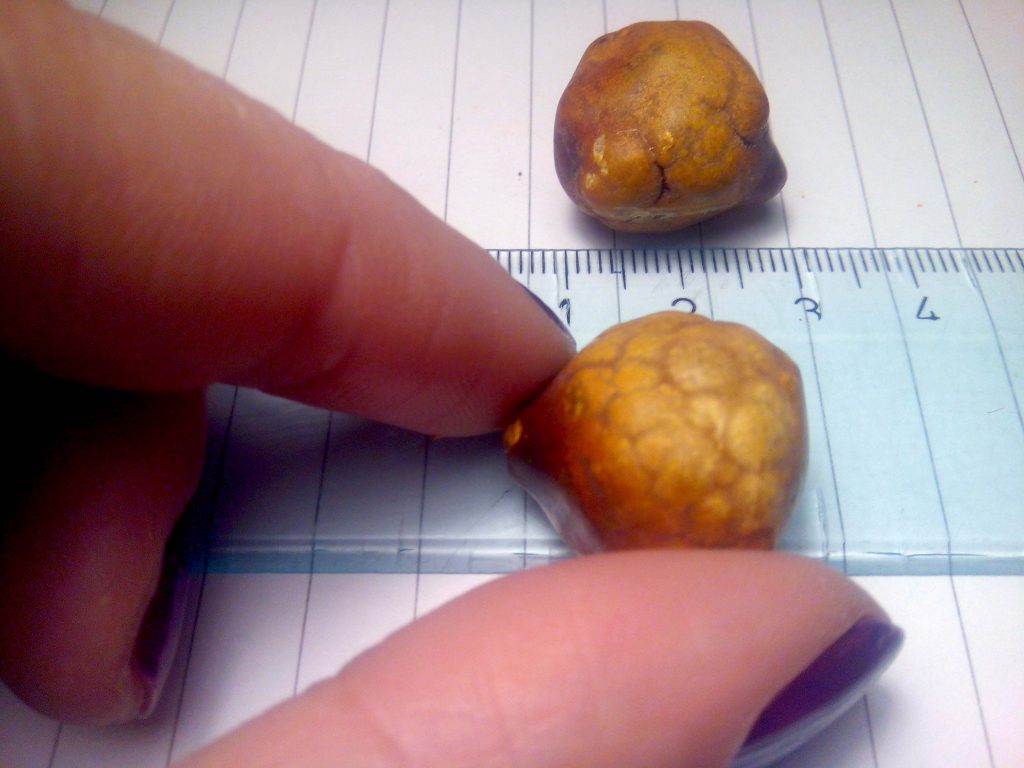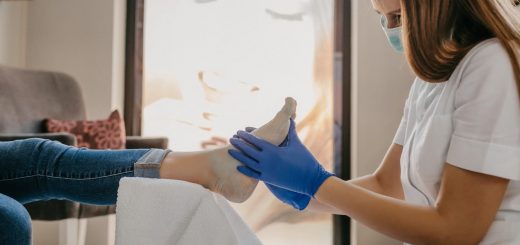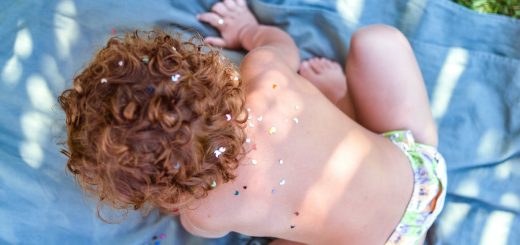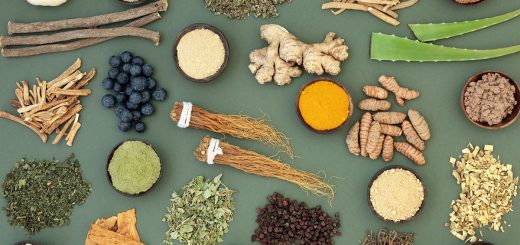What Are Gallstones?
Gallstones are made up of pure cholesterol (80% of cases) or a mixture of cholesterol/calcium/bile salts. Nearly 15% of adults have gallstones that will remain silent for life more than eight times out of ten.
Gallstones: Risk Factors
Cholesterol, calcium and bile salts are basic components of the bile in which they are dissolved. They only become calculus if the bile is too concentrated.
Biliary lithiasis is more frequent in women than in men, due to the effect of female hormones.
Other factors that increase risk are:
– age
– progestin-only use and pregnancy,
– obesity and overweight, type 2 diabetes related to overweight,
– hemolysis (destruction of red blood cells) due to a genetic disease or malaria attack, for example,
– a hereditary family disease,
– food intolerances, such as gluten or lactose intolerance.
Symptoms of Gallstones

The vast majority of gallstones give no symptoms. They are discovered by chance, most often during an abdominal ultrasound or during surgery on the abdomen for another reason.
Gallstones can be revealed by a complication: hepatic colic, cholecystitis or jaundice.
Liver Colic
Liver colic is an acute pain attack, located under the right ribs. It is due to the pressure of the gallbladder when a stone (still small in size) is blocked in the cystic duct or bile duct.
The pain seems to go up towards the shoulder or extend towards the back and blocks breathing, which is very painful. There is no fever or jaundice.
Usually occurring after a larger than usual meal, the hepatic colic attack lasts from 15 minutes to 4 hours. It stops as soon as the stone is released by the pressure and contractions of the gallbladder.
Acute Cholecystitis
Acute cholecystitis is the infection of the gallbladder and its contents caused by the prolonged blocking of a small stone in the bile ducts or large stones in the gallbladder pocket. Here, blood-borne bacteria from the digestive tract is to be blamed.
Typical Symptoms Are:
– right subcostal pain, close to hepatic colic
– fever above 38°5C
– a few hours following the illness, jaundice with a yellow coloration of the conjunctiva of the eye and then of the skin occurs.
The major risk of cholecystitis is repeated acute cholecystitis, which can lead to chronic cholecystitis.
Chronic cholecystitis is less painful but represents permanent discomfort.
The Jaundice
Prolonged blocking of a stone prevents the elimination of bile salts, resulting in jaundice or jaundice. In addition to the colouring of the conjunctiva and skin, intense jaundice is accompanied by permanent itching.
Evolution and Examination of Gallstones

Evolution
You can live very well for years with gallstones unless a complication occurs.
You can also live very well without a gallbladder, whether it is completely saturated with sludge and stones or removed by the surgeon.
It is, therefore, prudent to avoid overly fatty meals, as bile is necessary for fat digestion.
Reviews
The abdominal X-ray shows only 20% of the stones, when they contain calcium, but does not show the pure cholesterol calculations.
An abdominal ultrasound is the reference examination. The radiologist can observe all situations, from a single large calculation to hundred-millimetre calculations.
Elevated blood levels of bilirubin and liver enzymes (ASAT and ALAT transaminases, gamma-GT) confirm that biliary lives are blocked.
More invasive examinations, such as radiography of the bile ducts under endoscopy, are only performed in hospitals for specific situations.
Treatment of Gallstones
Gallstones are not treated if they do not appear.
A hepatic colic attack is relieved with analgesic and especially antispasmodic drugs.
Acute cholecystitis is treated with antibiotics, particularly concentrated by the liver in the bile ducts.
Three types of treatment are possible when biliary lithiasis becomes a problem
1. A drug (ursodeoxycholic acid type) capable of dissolving pure cholesterol stones in 12 to 18 months; the major disadvantage is that the more the stone melts, the more it can migrate into the bile ducts and cause liver colic;
2. Lithotripsy, in which ultrasound splits the stones into small fragments; the main possible disadvantage is also the migration of a fragment into the bile ducts;
3. Cholecystectomy, surgical removal of the gallbladder, which is nowadays performed more often under laparoscopy than by wide opening of the abdomen. It is particularly necessary in cases of chronic cholecystitis or repeated liver colic.
Prevention of Gallstones
A few habits can reduce the risk of gallstones:
– the prevention of obesity and overweight through a balanced diet and regular physical activity;
– the daily consumption of olive oil and fibre-rich plants that trap bile salts and cholesterol in the intestine, which reduces their intestinal reabsorption and recycling in the liver;
– the morning intake, preferably on an empty stomach, of a spoonful of olive oil and lemon or grapefruit juice, a recipe recommended by many alternative medicines;
– the medical and dietary treatment of excess blood cholesterol. However, their effectiveness has not been proven.
Good to know: the shiitake fungus (Lentinus edodes), native to Asia, promotes the excretion of bile by the gallbladder and prevents the appearance of stones.
Hope the above helps you see clearly what gallstones are. If you still have a few doubts or questions, do not hesitate to write your comments in the section below. I will be pleased to reply you back.



